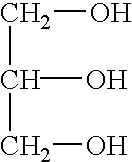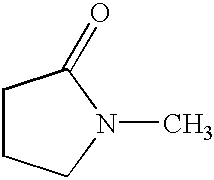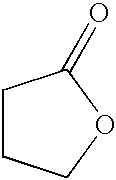Manufacturing method of liquid crystal display device
a liquid crystal display and manufacturing method technology, applied in static indicating devices, instruments, cameras, etc., can solve the problems of bubbles in the inside of stored ink, the inability to manufacture throughput of color filter substrates and eventually the manufacturing throughput, and the inability to meet the requirements of the product quality control system
- Summary
- Abstract
- Description
- Claims
- Application Information
AI Technical Summary
Benefits of technology
Problems solved by technology
Method used
Image
Examples
compared example 2
Ink was prepared by mixing 1 percent by weight of PC Red 136P (product name) produced by Nihon Kayaku as the dye into the solvent made of only water. Subsequently, one droplet (approximately 10 pL) of the ink INK was ejected from the inkjet onto the dyed media DP having the film thickness of 0.8 .mu.m which was formed using CFR-633 (product name) produced by Nihon Kayaku thus producing the color filter FIL. Thereafter, the coloring state and the optical spectrum of the color filter FIL were measured.
The observation result of the coloring state of the color filter FIL and the measurement result of the optical spectrum obtained by the above-mentioned embodiments and compared examples are shown in Table 1. The measurement result of the optical spectrum is expressed as the value of CIE-chromaticity x, y, Y which are obtained by converting the measured optical spectrum into a C light source. This CIE-chromaticity are values based on the CIE-UCS diagram (Commission International de l'Ecla...
PUM
| Property | Measurement | Unit |
|---|---|---|
| weight percent | aaaaa | aaaaa |
| weight percent | aaaaa | aaaaa |
| weight percent | aaaaa | aaaaa |
Abstract
Description
Claims
Application Information
 Login to View More
Login to View More - R&D
- Intellectual Property
- Life Sciences
- Materials
- Tech Scout
- Unparalleled Data Quality
- Higher Quality Content
- 60% Fewer Hallucinations
Browse by: Latest US Patents, China's latest patents, Technical Efficacy Thesaurus, Application Domain, Technology Topic, Popular Technical Reports.
© 2025 PatSnap. All rights reserved.Legal|Privacy policy|Modern Slavery Act Transparency Statement|Sitemap|About US| Contact US: help@patsnap.com



